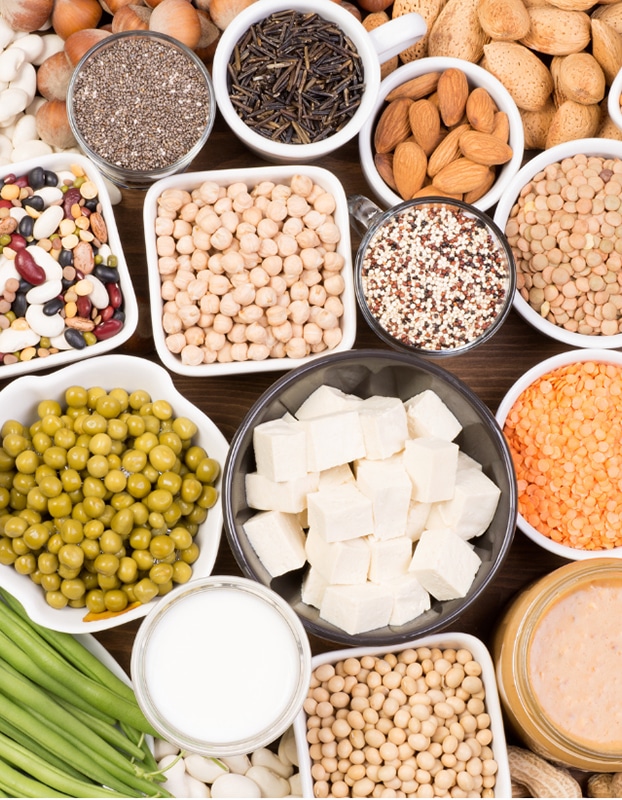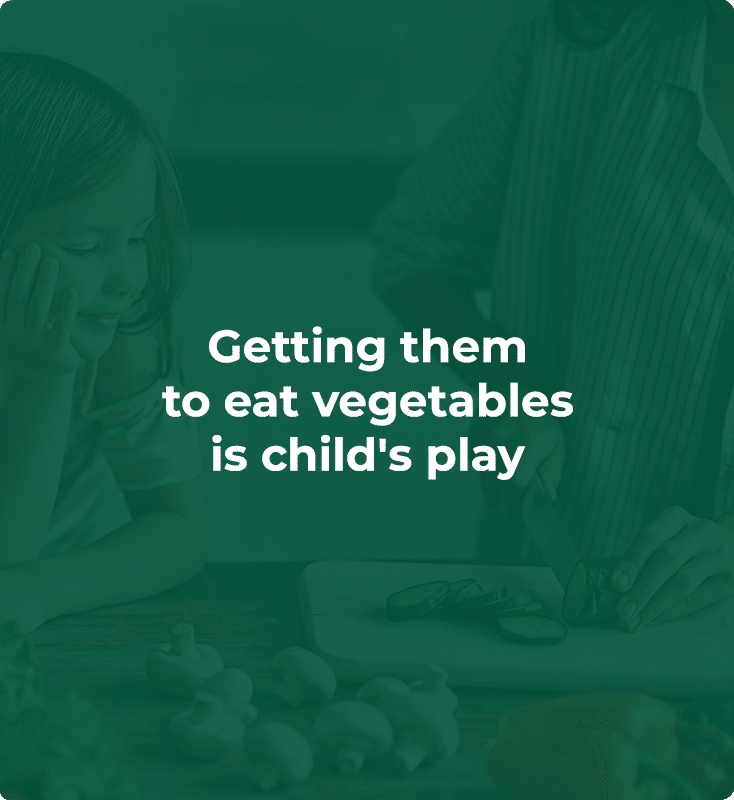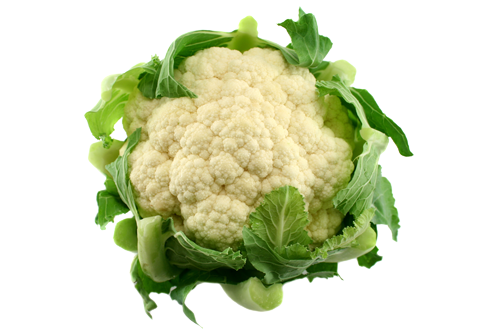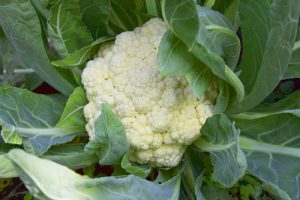Recipes we love
See all recipesCake with cauliflower and gruyere
A simple to make recipe that will satisfy the taste buds of young and old alike. A lot of Vitamin A ...
Curried cauliflower
The flour and yogurt mixture can be replaced with coconut milk, available tinned from the supermarke...
Gratin of cauliflower and zucchini
A light but full of flavour recipe, ideal for evening meals. This dish provides vitamin B9 which hel...
Health
benefits
Vitamin C – it contains as much as an orange!
Cauliflower is a good source of vitamin C — a raw portion contains almost as much vitamin C as half an orange. Only a small quantity of vitamin C is lost during cooking, meaning that even cooked cauliflower is still a good source of vitamin C.
Cauliflower is also:
- A source of vitamin B9 (cell renewal, which is very important for pregnant women for the development of the fetus, growing children, and people recovering from illness).
- A source of vitamin B5 (energy, cognitive performance, fatigue reduction, vitamin D synthesis)
- A source of iron (when cooked!)
This vegetable also contains
- strong>potassium,
- selenium,
- iodine
- glucosinolates, like all
cruciferous vegetables. - They are bioactive compounds that can prevent certain types of cancer
Did you know? Cauliflower is the perfect combination of vitamins C and B9. A plate of cauliflower (200 g) provides practically the entire RDA of vitamins C and B9.
A tip for getting the most from this vegetable:. consume raw or lightly cooked.
Nutritional
composition
When is the right time to eat it?
Year-round.
Cauliflower is available throughout the year, but it is in season between September and April in Europe (and from July to mid-October in Canada).
Choosing
and storing
Cauliflower grows best in well-drained, rich, silty clay, with exposure to the sun.
To learn everything you need to know about growing cauliflower, read the page on growing advice.
Choosing
and storing
Choosing the best cauliflower:
- First of all check the florets: they should be firm and tight, with no brown marks.
- Leaves should be green and damp.
- The leaves and florets should be vibrant in color.
Storing cauliflower:
- In the refrigerator: Four to five days in the vegetable drawer, whole or broken into florets and stored in a resealable bag.
- In the freezer: Six months in a freezer bag after blanching.
Tips
and tricks
How to prepare cauliflower:
Remove stems from florets. The florets are so tender that cooking requires careful attention. Steaming helps prevent it from going soggy.
Cooking instructions:
- 5 à 10 mins: Steaming or in the microwav
- 10 à 15 mins: In boiling water
- 10 mins: In the wok
- 30 mins: In the oven
Tip for preventing unpleasant odors: Add hard bread crust to the pressure cooker: it will absorb any unpleasant smells!
Did you know? You can eat cauliflower stems. If needed, peel and slice. They cook in the same amount of time as the head of the cauliflower.
Le chou-fleur se marie avec…
Le chou-fleur se prête à de multiples préparations, même crues.
Cru. On en déguste les têtes, trempées dans des petites sauces (dips). Moins classique, le taboulé végétal de chou-fleur cru (les têtes sont râpées, comme du parmesan) est un délice: en version été avec de la menthe, des tomates et du concombre; et en version hiver avec des pommes fruits, des raisins secs et de la roquette.
Cuit. Le chou-fleur aime tout! Il se prête à de nombreuses recettes et sous toutes les formes: en gratin avec de la béchamel et du fromage fondu, bien sûr, mais aussi en velouté, en salade bien vinaigrée (même cuit, oui!), en flan, en mousse, en terrine avec du fromage frais. Il se marie aussi très bien avec des coquillages, du crabe ou du surimi.
Can everyone eat it?
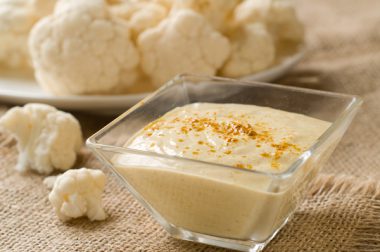
Young children
Along with broccoli, cauliflower is probably the cruciferous vegetable most palatable for children. Cauliflower can be eaten from the age of six months as a purée or in soup. For older children who don’t like it that much, add to mashed potato, flan, mousse, or terrine.
And everyone else
To make it easier to digest for older people or those with digestive issues, cauliflower should be cooked for five minutes in salted boiling water and drained before preparing. You can then use it however you wish.
See plenty of other tips for encouraging children to eat vegetables
Where do they come from?
Origins and varieties
Origins
China, India, Italy, and Spain are the biggest cauliflower producers. In France, it’s even the tenth most-consumed vegetable throughout the year.
Varieties
Beyond the traditional white cauliflower are surprising green, purple, pink, and orange varieties. Green varieties have a slightly sweeter taste. The unusual colors are completely natural and depend on varieties.



 Carott
Carott  Purslane
Purslane  Vegetable garden: growing onion
Vegetable garden: growing onion 



